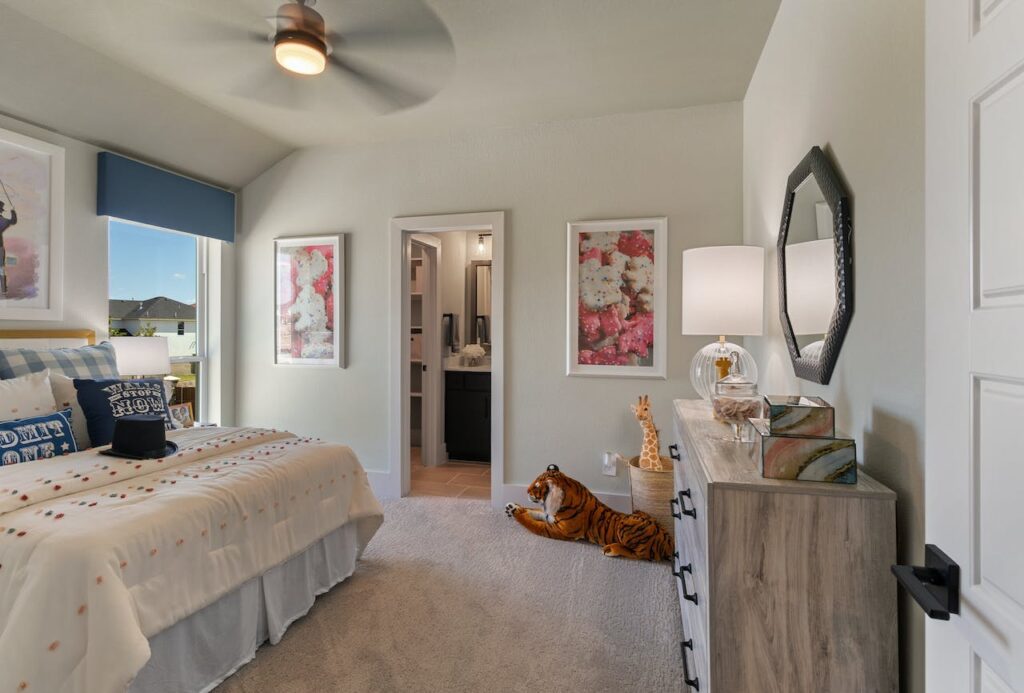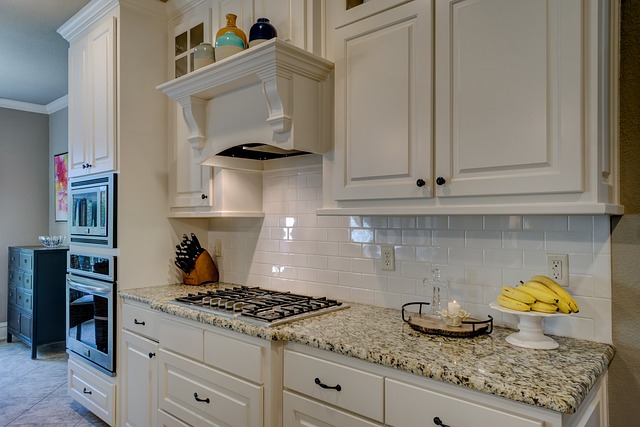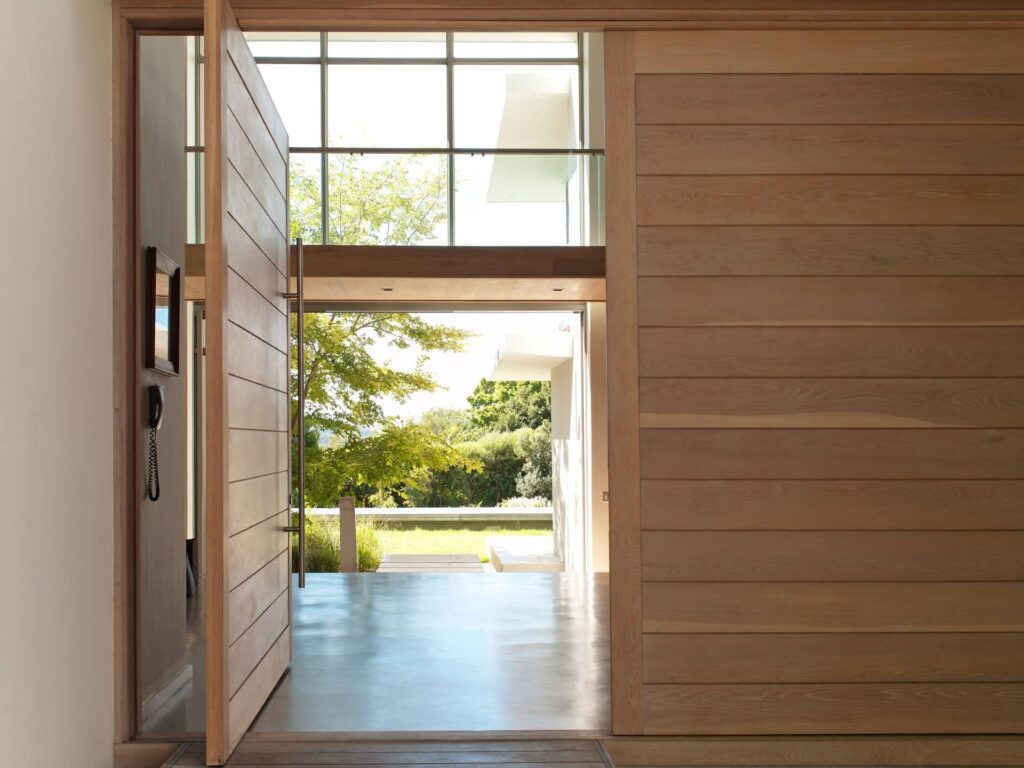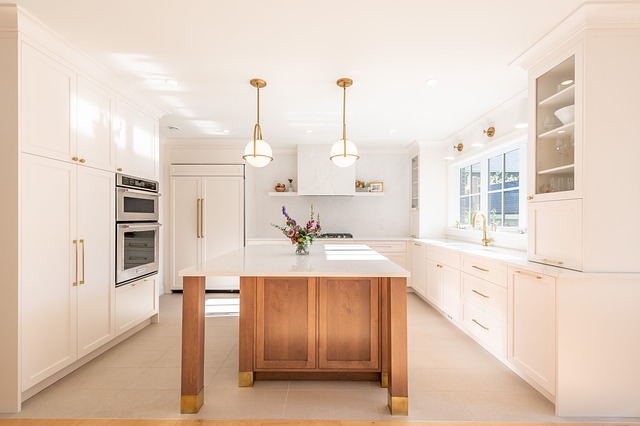Did you know that adding an Accessory Dwelling Unit (ADU) to your property can increase its value by up to 51%? By choosing the right attached ADU, you can not only maximize your investment but also create a versatile space for various needs. From generating rental income to accommodating multigenerational living arrangements, the benefits of an ADU are abundant. With the potential to boost your property’s value and provide additional living space, investing in the right attached ADU is a strategic move for homeowners looking to make the most of their property. Discover how you can leverage the power of an attached ADU to enhance your property’s value and functionality.
Understanding ADUs
Definition of ADUs
An Attached Accessory Dwelling Unit (ADU) is a secondary housing unit that is attached to the primary residence. These units are fully equipped with a kitchen, bathroom, and living space, providing complete independent living quarters within the same property.
Differentiating Attached and Detached ADUs
- Attached ADUs: These units share one or more walls with the primary residence, making them an extension of the main house. They are typically more cost-effective to build and can utilize existing space efficiently.
- Detached ADUs: In contrast, detached ADUs are separate structures located on the same property but not connected to the primary residence. They offer more privacy and flexibility in design but usually require additional construction costs.
The Rising Trend of ADUs
In recent years, there has been a significant surge in the construction of ADUs due to the increasing demand for affordable housing options and sustainable urban development practices. Municipalities across the country have started to relax zoning regulations to accommodate the construction of these units, recognizing their potential to alleviate housing shortages and promote infill development.
Pros of ADUs:
- Provide additional income opportunities for homeowners through rental income.
- Increase property value by expanding living space and functionality.
- Address housing shortages by offering affordable housing solutions.
Cons of ADUs:
- Regulations and permitting processes can be complex and time-consuming.
- Initial construction costs may be high, requiring a significant investment upfront.
As cities continue to grapple with housing affordability issues, ADUs have emerged as a viable solution that allows homeowners to maximize their property’s value while also addressing the growing need for more space in urban areas.
Benefits of Investing in ADUs
Generating Rental Income
Maximize your investment with ADUs by leveraging various rental strategies to generate consistent rental income. Whether through long-term leases, short-term rentals, or vacation rentals, ADUs offer versatility for increased cash flow.
Enhancing Property Value
ADUs can significantly boost your property’s value, providing a substantial return on investment. By adding an ADU, you are not only increasing the livable space but also enhancing the overall appeal and marketability of your property.
Flexibility for Personal Use
The flexibility of ADUs extends beyond rental income; they can cater to personal needs as well. Whether accommodating family members, creating a home office, or adjusting to lifestyle changes, ADUs offer a versatile solution that adapts to your evolving requirements.
Drawbacks of Investing in ADUs
Construction Costs
Investing in an attached ADU can be financially burdensome due to the high cost associated with construction. Building a secondary unit on your property can require a significant upfront investment, including expenses for permits, materials, and labor. These costs can quickly add up, impacting your overall return on investment.
Navigating the financial implications of construction costs is crucial for investors looking to maximize their returns. Understanding the pros and cons of each expense can help you make informed decisions and avoid potential budget overruns.
Local Regulations
One of the main drawbacks of investing in ADUs is the complexity of navigating local regulations. Different cities and municipalities have varying rules and requirements regarding accessory dwelling units. Ensuring compliance with these regulations can be time-consuming and challenging, potentially leading to delays in the approval process.
Before embarking on an ADU investment, it’s essential to research and understand the specific regulations in your area. Working with experienced professionals, such as architects and contractors familiar with local codes, can help streamline the approval process and mitigate potential setbacks.
Liquidity and Resale Challenges
Another significant drawback of investing in ADUs is the limitation on liquidity and potential resale challenges. Unlike traditional real estate investments, ADUs may have a narrower pool of buyers due to their size and unique nature. Selling an ADU property could take longer than expected, affecting your ability to access funds quickly.
Considering the long-term implications of liquidity and resale challenges is essential for investors seeking to maximize their investment returns. Evaluating market demand for ADUs in your area and planning for potential resale scenarios can help you make strategic decisions that align with your financial goals.
Assessing Your Property for an ADU
Property Suitability
Evaluate your property’s size and layout to determine if it can accommodate an accessory dwelling unit (ADU). Ensure that there is enough space for the ADU without compromising the existing structures.
Consider the impact of existing infrastructure, such as utilities and access points, on the feasibility of building an ADU. Check if your property has adequate water, electricity, and sewage connections required for the ADU.
Neighborhood Analysis
Analyze neighborhood trends and property values to gauge the potential return on investment from adding an ADU. Look at similar properties in your area that have added ADUs to assess their impact on overall property value.
Examine local regulations and zoning laws related to ADUs to ensure compliance with building codes and permit requirements. Understanding these regulations will help you navigate the process smoothly.
Pros:
- Increased rental income potential
- Enhanced property value
Cons:
- Initial construction costs
- Potential zoning restrictions
Financing Your ADU Project
Financing Options
When considering adu projects, it’s crucial to research various financing options tailored for ADU construction. Look into traditional loan avenues offered by banks or credit unions.
Alternative Funding Sources
Exploring alternative funding sources like home equity loans or personal loans can provide flexibility in financing your adu construction costs. These options might offer competitive interest rates.
Detailed Budgeting Importance
Creating a detailed budget that encompasses all potential costs related to your adu building costs is essential. Factor in ADU permits, design, and labor costs for accurate financial planning.
Navigating Zoning and Permits
Understanding Zoning Laws
Investigate local zoning regulations to determine where ADUs are permitted within your area. Different zones may have specific rules regarding the size, placement, and use of accessory dwelling units.
Familiarize yourself with the building regulations that apply to ADU construction. These regulations dictate aspects such as the unit’s size, height, parking requirements, and utility connections.
Obtaining Necessary Permits
Compile a list of permits required for your ADU project. This typically includes building permits, electrical permits, plumbing permits, and possibly even design review approvals.
Before commencing any construction, ensure you have obtained all the necessary approvals from the building department. Failure to secure proper permits can result in fines or even the demolition of your ADU.
Seeking Guidance from Authorities
Engage with local government officials or planning departments to seek guidance on compliance with zoning and building regulations. They can provide valuable insights into the specific requirements for ADU construction in your area.
Discuss your plans with contractors experienced in building ADUs. They can offer advice on navigating the permit process and ensuring that your project meets all regulatory standards.
Key Considerations
- Local governments may have different regulations for detached ADUs compared to attached ADUs.
- Building codes often require ADUs to blend in architecturally with the primary residence.
- Some areas may have restrictions on renting out ADUs for short-term stays like Airbnb.
Designing an Efficient ADU
Plan Layout
Maximize space utilization in your adu design by carefully planning the layout. Ensure each area serves a specific purpose to optimize functionality and comfort. Consider open-concept designs to create a sense of spaciousness.
Incorporate bedroom units strategically within the ADU layout to cater to different needs. Utilize multi-functional furniture pieces like sofa beds or murphy beds to save space. Prioritize natural light and ventilation for a welcoming ambiance.
Sustainable Practices
Integrate sustainable building practices into your adu planning process to reduce environmental impact and operating costs. Opt for energy-efficient appliances, LED lighting, and proper insulation to enhance energy efficiency. Consider installing solar panels for renewable energy generation.
Utilize eco-friendly materials such as bamboo flooring, recycled glass countertops, and low-VOC paints in your adu conversion. Implement rainwater harvesting systems and drought-resistant landscaping to promote water conservation. These sustainable choices not only benefit the environment but also increase the overall value of your ADU.
Professional Consultation
Engage with architects or designers specializing in ADU projects to receive expert guidance tailored to your needs. Collaborate with professionals who understand local adu restrictions and zoning laws to ensure compliance throughout the design process. Seek input on creative storage solutions and innovative design ideas.
Consultation services can help streamline the adu design process, providing insights on maximizing space and optimizing functionality. Professionals can assist in creating a cohesive design that aligns with your preferences while adhering to building codes and regulations.
- Incorporate flexible design elements that allow for future modifications based on changing needs.
- Consider incorporating outdoor living spaces or rooftop gardens to enhance the overall appeal of your ADU.
Maximizing Rental Income
Researching Local Markets
Research local rental markets to set competitive pricing for your ADU. Understanding the average rental income potential in your area is crucial for maximizing profits. Look into current rental rates for similar units in your neighborhood to ensure you’re pricing competitively.
Implement effective marketing strategies to attract tenants, including online listings and social media. Utilize popular rental platforms like Zillow or Craigslist to reach a wider audience. Leverage social media channels such as Facebook and Instagram to showcase your ADU’s unique features and attract potential renters.
Offering Flexible Rental Terms
Consider offering flexible rental terms to appeal to a wider range of potential renters. Allowing month-to-month leases or short-term rentals can cater to individuals looking for temporary housing solutions. Providing flexibility in lease agreements can help you maintain high occupancy rates throughout the year.
When setting rental terms, ensure that your ADU meets the basic living amenities required by renters. Including essential features such as a functional kitchen, private bathroom, and separate entrance can make your unit more appealing to tenants. Creating a comfortable living space with sufficient bedrooms and storage options can also increase the demand for your rental property.
Managing Your ADU Investment
Regular Maintenance
Establish a system for regular maintenance and upkeep to preserve property value. Implementing a proactive approach to maintenance can prevent costly repairs down the line. By conducting routine inspections, you can identify issues early and address them promptly. This not only enhances the longevity of your ADU but also ensures tenant satisfaction.
Maintaining your ADU involves tasks such as cleaning gutters, inspecting plumbing systems, and checking for any signs of wear and tear. By staying on top of these maintenance activities, you can prevent minor issues from escalating into major problems. Investing in preventative maintenance can save you money in the long run by avoiding expensive repairs.
Rental Performance Monitoring
Monitor rental performance and adjust strategies based on market trends and tenant feedback. Keeping track of key metrics such as occupancy rates and rental income can help you gauge the success of your investment. Analyzing this data allows you to make informed decisions about pricing, marketing strategies, and tenant retention.
Regularly reviewing tenant feedback provides valuable insights into areas that may need improvement. Addressing tenant concerns promptly can lead to higher tenant satisfaction and retention rates. By staying responsive to tenant feedback, you can cultivate a positive relationship with your tenants and enhance the overall rental experience.
Stay Informed
Stay informed about changes in local regulations that may affect your ADU investment. Local regulations regarding ADUs can vary significantly, so it’s essential to stay up-to-date on any policy changes that may impact your investment. This includes zoning laws, rental regulations, and tax implications related to ADU ownership.
Attending local community meetings or workshops focused on housing regulations can help you stay informed about any upcoming changes. Consulting with a real estate attorney or property management professional can provide valuable insights into navigating regulatory challenges. By staying proactive and knowledgeable about local regulations, you can protect your investment and ensure compliance with legal requirements.
Summary
Your journey through understanding ADUs, the benefits and drawbacks of investing in them, assessing your property for suitability, financing options, navigating zoning and permits, designing efficiently, maximizing rental income, and managing your investment has equipped you with a comprehensive guide to making the most of an ADU project. By now, you grasp the intricacies involved in this lucrative investment opportunity.
Incorporating these insights into your ADU venture will not only enhance your property value but also generate a stable income stream. The key lies in meticulous planning, adherence to regulations, and savvy financial management. Now armed with this knowledge, take the next step with confidence and watch your investment flourish.

Maximize Your Property with Attached ADUs by Red White & Blue Construction!
Are you considering an attached ADU in Lafayette, CA? Look no further than Red White & Blue Construction, your trusted ADU specialists! Transform your property with a custom attached ADU that caters to your changing lifestyle needs. Renowned for our expertise in ADU projects, we’re here to turn your ideas into reality, be it a cozy extension to your home, a stylish in-law suite, or a functional home office. Our proven track record in the Bay Area stands as a testament to our commitment, craftsmanship, and the exceptional standards we uphold in every undertaking.
At Red White & Blue Construction, we’re more than just builders; we’re architects of your ideal living solution. With our transparent pricing and exceptional client service, you’re not just adding an ADU; you’re investing in a versatile, value-adding extension of your home. Choose Red White & Blue Construction for your ADU project. Embark on a journey of Property Enhancement Excellence and contact us today!
Disclaimer
The materials available on this website are for informational and entertainment purposes only and not to provide advice. You should obtain advice concerning any particular issue or problem from a professional. You should not act or refrain from acting based on any content included in this site without seeking legal or other professional advice. The information presented on this website may reflect only some of the current building developments. No action should be taken in reliance on the information on this website. We disclaim all liability concerning actions taken or not taken based on any or all of the contents of this site to the fullest extent permitted by law.





